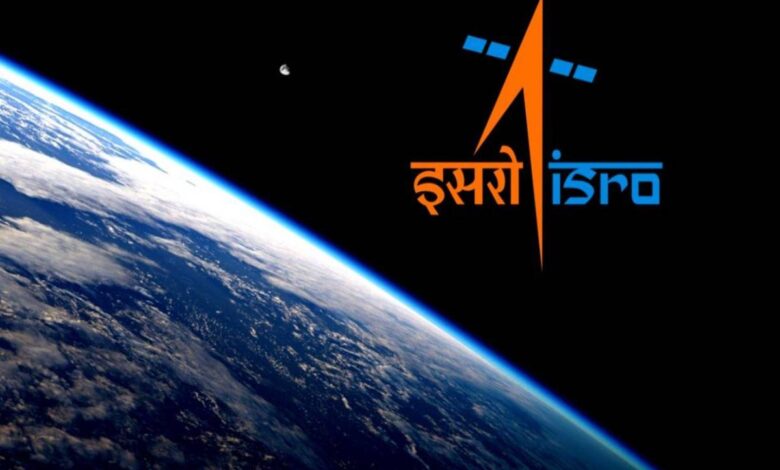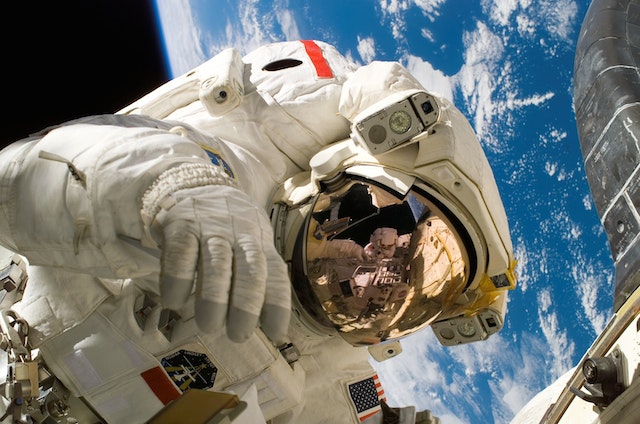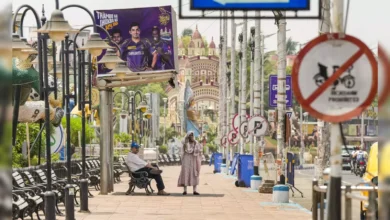Following Chandrayaan-3, ISRO will mobilize these upcoming missions
ISRO is one of only six government space agencies in the world with full launch capability, cryogenic engine deployment, extraterrestrial mission launching, and a sizable fleet of man-made satellite operations.

On 23 August 2023, India became the first country to successfully land a spacecraft near the south pole of the moon as the Indian Space Research Organisation successfully completed its moon mission.
In a first for any space program, the Chandrayaan-3, Indian moon mission witnessed the successful soft landing of its Vikram lander at 6.04 pm IST (1234 GMT) close to the sparsely studied lunar south pole.
Just getting started is the race to space. Governments and corporate organizations throughout the world, such as Roscosmos or NASA, launch rockets, satellites, and rovers every other day in an effort to advance and leave their imprint in space. With missions set for the next ten years and beyond, the Indian Space Research Organisation (ISRO) has also made a number of advances in the development of space technology.
ISRO is one of only six government space agencies in the world with full launch capability, cryogenic engine deployment, extraterrestrial mission launching, and a sizable fleet of man-made satellite operations.
ISRO built India’s first satellite, Aryabhata, which was launched by the Soviet space agency Interkosmos in 1975.

The largest constellation of remote sensing satellites in the world is operated by ISRO, which also runs the GAGAN and IRNSS (NavIC) satellite navigation systems. Three missions have been sent to the Moon and one to Mars, with following missions lined up for the future-
ADITYA L1
The first mission from India to investigate the Sun will be called Aditya L1. The spacecraft will be positioned in a halo orbit around the Sun-Earth system’s Lagrange point 1 (L1), which is around 1.5 million kilometers away from Earth. The major benefit of continuously observing the Sun without any occultation or eclipses is provided by a satellite put in halo orbit around the L1 point. Observing solar activity and how it affects space weather in real time will be easier thanks to this.
Here are some of the main science goals of the Aditya-L1 mission:
- Study of the dynamics of the solar upper atmosphere.
- Temperature, velocity, and density measurements of the coronal and coronal loop plasma.
- Determine the series of events that take place at various layers (chromosphere, base, and extended corona) and ultimately result in solar eruptive events.
- Magnetic field measurements and field topologies in the solar corona.
- Drivers of space weather (solar wind dynamics, composition, and origin).
After CHANDRAYAAN-3 here’s GAGANAYAAN Mission
An Indian crewed orbital spacecraft called Gaganyaan is designed to serve as the foundational spacecraft for the Indian Human Spaceflight Programme. The three-person spaceship will have the ability to rendezvous with other spacecraft and dock with them in a future improved version. The 5.3-metric-ton, largely autonomous spacecraft from the Indian Space Research Organisation (ISRO) will orbit the Earth at 400 km altitude for up to seven days during its first crewed mission. A two- or three-person crew will be on board. Initially scheduled to launch on ISRO’s LVM3 in December 2021, the first crewed mission has since been postponed. However, it has now been postponed until no sooner than 2025.
X-ray Polarimeter Satellite (XPoSat)
India’s first specialized polarimetry mission, XPoSat (X-ray Polarimeter Satellite), aims to investigate the behavior of intense astronomical X-ray sources under harsh conditions.
Various astronomical phenomena, including black holes, neutron stars, active galactic nuclei, pulsar wind nebulae, etc., emit light through complicated physical processes that are difficult to comprehend. The precise nature of the emission from such sources still presents more hurdles to astronomers, despite the quantity of information provided by the spectroscopic and timing data from numerous space-based observatories. The degree of polarization and the angle of polarization that the polarimetry measurements add to our understanding make it a useful diagnostic tool for figuring out how celestial objects emit light.
NISAR
NASA and ISRO are working together to create the NASA-ISRO SAR (NISAR) Low Earth Orbit (LEO) observatory. NISAR will map the entire planet in 12 days and offer geographically and temporally consistent data for understanding changes in Earth’s ecosystems, ice mass, vegetation biomass, sea level rise, ground water, and natural hazards like earthquakes, tsunamis, volcanoes, and landslides.
SPADEX
SPADEX, or Space Docking Experiment, is a twin spacecraft mission that the Indian Space Research Organization is developing to advance technologies related to orbital rendezvous, docking, and formation flying, with potential applications in manned spaceflight, in-space satellite maintenance, and other close-proximity operations.
Space docking Experiment is scheduled to launch in the third quarter of 2024 and has been given funding authorization of 124.47 crore as of July 2022 (equivalent to 131 crore or US$16 million in 2023) .
SHUKRAYAAN 1
The success of Chandrayaan and the Mars Orbiter Mission has inspired ISRO to examine the viability of future interplanetary missions to Mars and Venus, Earth’s nearest planetary neighbors, expected to be launched in December 2024.
MANGALYAAN 2
For the “Announcement of Opportunities” on MOM 2 in February 2021, ISRO issued a call.
K. Sivan made the announcement that Mangalyaan 2 will just be an orbiter mission, which is expected to be launched in next year.
All things considered, these are some momentous missions for India and has the potential to be very advantageous for the nation. The upcoming projects will undoubtedly have a profound effect on India and is a testament to the country’s expanding space exploration capability.
Please, also have a look into : Chandrayaan-3 landing becomes the most watched live event in YouTube history



